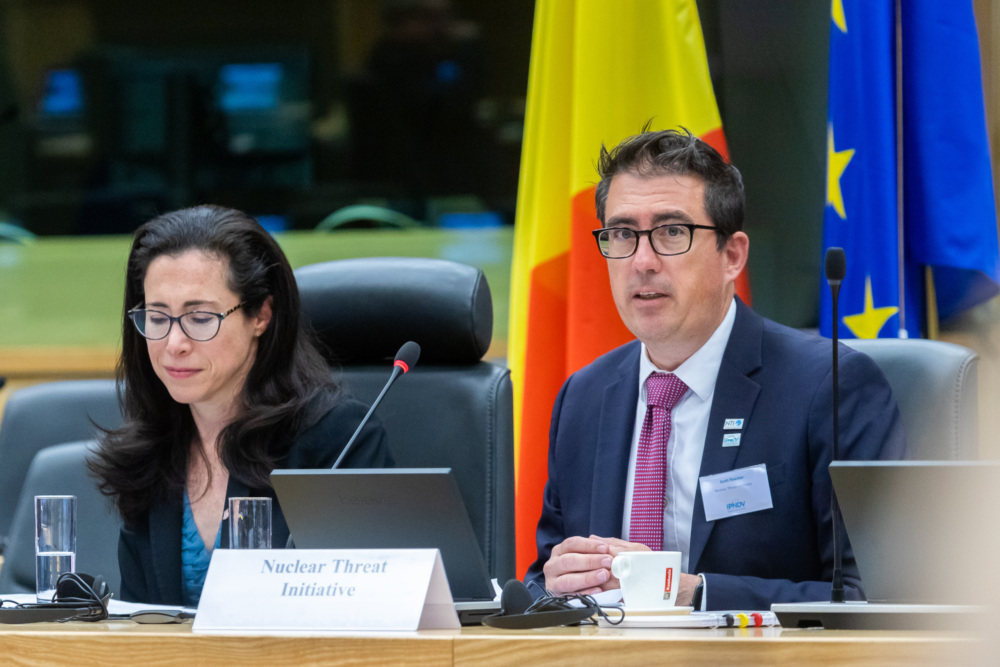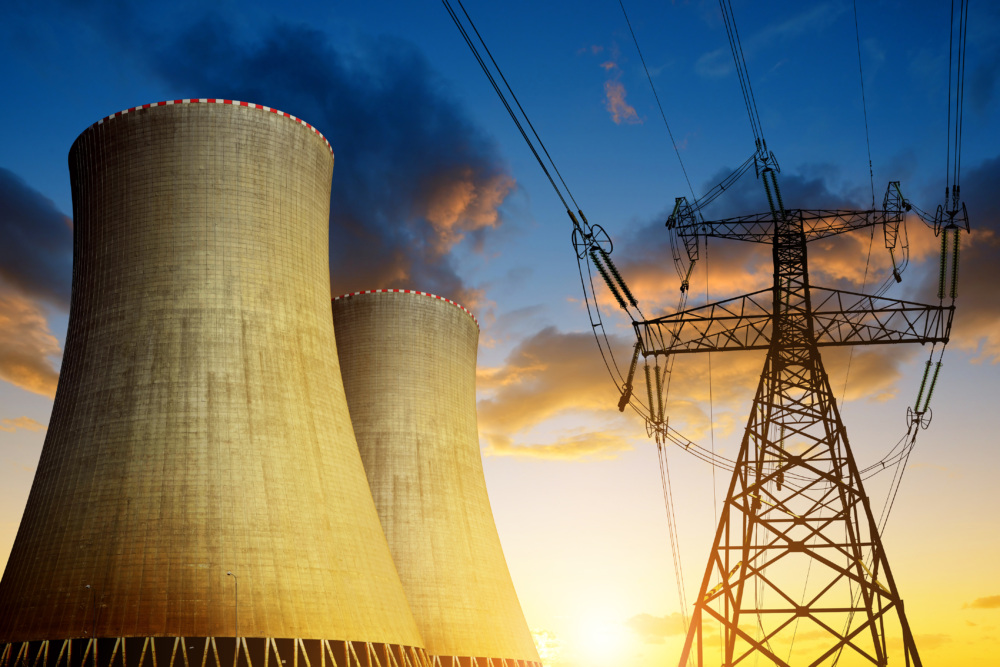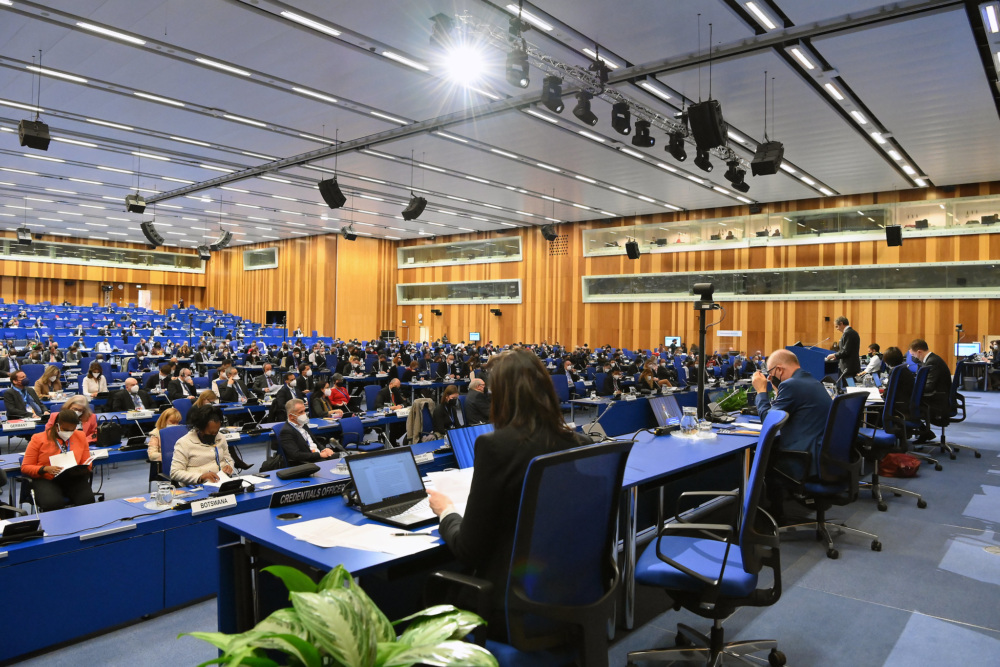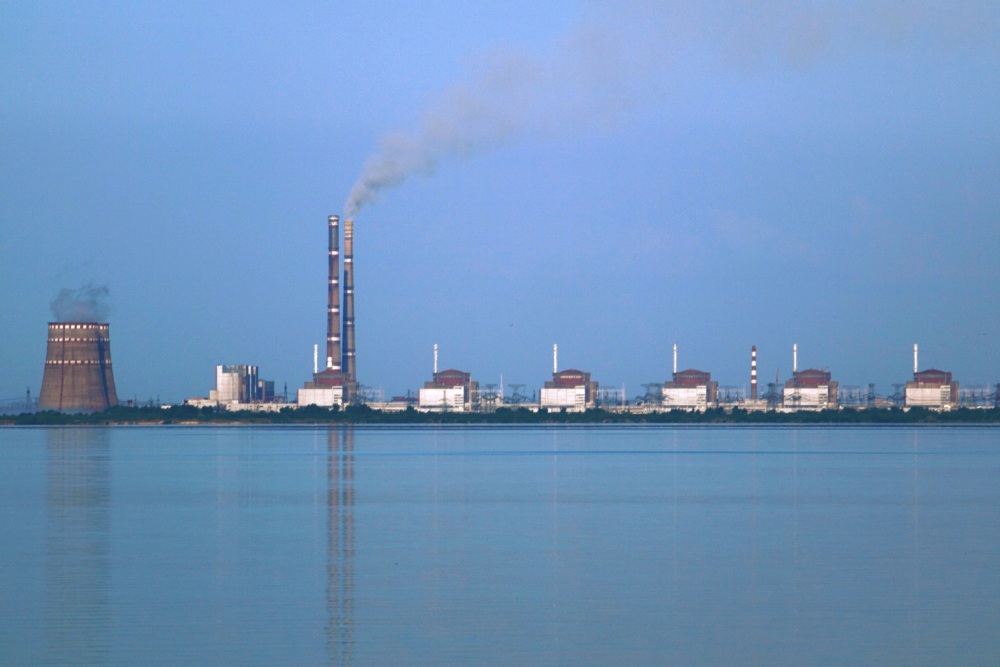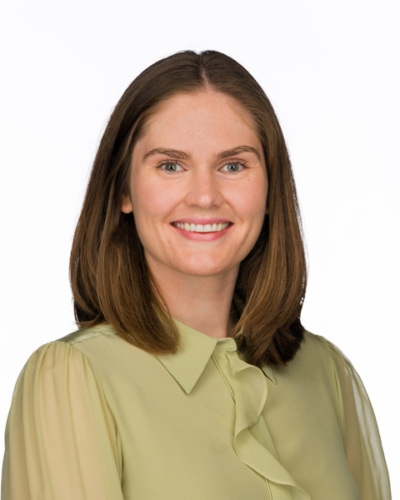
Mary Olney Fulham
Senior Communications Officer
Atomic Pulse
Scott Roecker is the vice president for NTI’s Nuclear Materials Security Program. He joined NTI as senior director of NTI’s Materials Risk Management team in February 2021. He focuses reducing the risks associated with nuclear and radiological materials through a number of NTI projects, including the Global Dialogue on Nuclear Security Priorities and the NTI Nuclear Security Index, and leads targeted cooperation with priority countries. He also supports NTI’s nuclear disarmament verification work and advises leadership on issues related to Iran. He previously served as director of the Office of Nuclear Material Removal at the National Nuclear Security Administration, director for Nuclear Threat Reduction at the National Security Council, sous-sherpa for the United States at the 2016 Nuclear Security Summit, and senior policy advisor for the Office of Defense Nuclear Nonproliferation. Scott sat down with NTI’s Mary Fulham for the latest in Atomic Pulse’s “Get to Know NTI” series.
I lead the Nuclear Materials Security (NMS) team, and, as the name would suggest, we primarily focus on nuclear security, but we also work on other areas. One of the most pressing issues on the team’s agenda right now is Russia’s targeting of multiple Ukrainian nuclear facilities and what it means for global nuclear security.
Preventing an invading army from taking over a nuclear facility isn’t the kind of situation nuclear security standards were designed to deal with. There’s vital work to do to strengthen international norms and legal frameworks so these sites will be safer in the future. And we believe it’s possible to make nuclear facilities safer from all kinds of threats without stifling the expansion of nuclear power. Many countries are thinking about investing in nuclear power in the context of climate change, so we’re trying to make sure that they have the best nonproliferation standards in place if they decide to move forward with it.
The team that we have here at NTI is second to none. One of my favorite things about being at NTI is working alongside my amazing colleagues, but one of my favorite things about my specific job is that I am able to engage with so many incredible partners around the globe. We’re investing in under-represented regions and developing relationships and contacts across the world through our own efforts and through engagement with the International Atomic Energy Agency. It’s also rewarding to be a part of elevating the next generation of leaders—who are already proving to be great stewards of strong nuclear security practices worldwide.
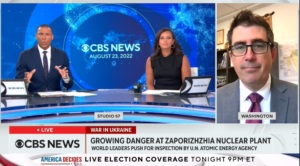 One of the appeals of coming to NTI from government was the opportunity to learn new skills, like engaging with media and the public on our issues. There’s so much diversity in our activities here and what we’re doing from day-to-day which is very exciting, but it’s also forced me out of my comfort zone!
One of the appeals of coming to NTI from government was the opportunity to learn new skills, like engaging with media and the public on our issues. There’s so much diversity in our activities here and what we’re doing from day-to-day which is very exciting, but it’s also forced me out of my comfort zone!
I worked in government for about 18 years! Most of that time I was at the Department of Energy (DOE) working in different programs on eliminating or securing nuclear materials. I started out on the project side working directly with countries on specific improvements to nuclear security. My first job was in Russia, where I worked with Russian partners to secure materials inside 10 different Russian nuclear facilities and improve physical protections and material control and accounting. Then I transitioned into doing more policy-focused work at DOE which set me on track to eventually work at the National Security Council where I served as director for nuclear threat reduction at the National Security Council (NSC) from 2014-2017.
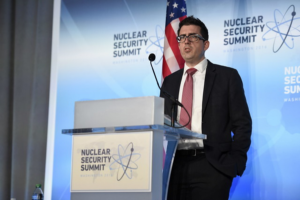 My time at NSC coincided with the 2016 Nuclear Security Summit, which was hosted here in Washington, D.C. I got the chance to work alongside Ambassador (and former NTI VP!) Laura Holgate on the summit and had the honor briefing the president multiple times. It was truly an opportunity to make a positive contribution and a career highlight for me.
My time at NSC coincided with the 2016 Nuclear Security Summit, which was hosted here in Washington, D.C. I got the chance to work alongside Ambassador (and former NTI VP!) Laura Holgate on the summit and had the honor briefing the president multiple times. It was truly an opportunity to make a positive contribution and a career highlight for me.
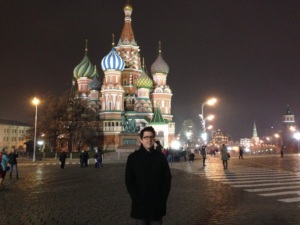 My time in Russia was fascinating. We were working with a mix of American experts from our national laboratories and Russian professionals from their nuclear sites. I’ll never forget how once we got to work and into the science, the cultural differences instantly faded away. With that focus, we were able to build surprisingly strong relationships with our Russian partners. I ended up having really unique experiences with them: jumping into freezing cold water on baptism day, hanging out playing banjos, so many others.
My time in Russia was fascinating. We were working with a mix of American experts from our national laboratories and Russian professionals from their nuclear sites. I’ll never forget how once we got to work and into the science, the cultural differences instantly faded away. With that focus, we were able to build surprisingly strong relationships with our Russian partners. I ended up having really unique experiences with them: jumping into freezing cold water on baptism day, hanging out playing banjos, so many others.
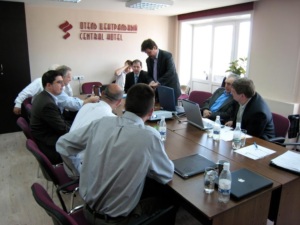 The Russians we worked with were great partners for decades. And that could still exist, I believe. It’s important for the United States and Russia to find areas in which we can talk and remain engaged even in these most difficult times—and it’s something we’re pushing for here at NTI. We’ve got a track II dialogue with Russian partners that feels even more important to keep alive today amid this crisis. Nuclear risk reduction work should never come to a halt.
The Russians we worked with were great partners for decades. And that could still exist, I believe. It’s important for the United States and Russia to find areas in which we can talk and remain engaged even in these most difficult times—and it’s something we’re pushing for here at NTI. We’ve got a track II dialogue with Russian partners that feels even more important to keep alive today amid this crisis. Nuclear risk reduction work should never come to a halt.
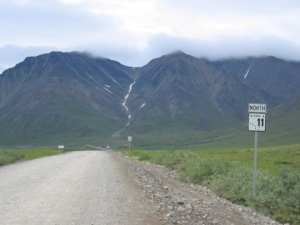 It’s true—a good friend and I decided it would be fun to see if we could break the land speed record from the northernmost point in the United States that you can reach by road to the southernmost point. The 5,440-mile route begins in Deadhorse, Alaska and ends in Key West, Florida.
It’s true—a good friend and I decided it would be fun to see if we could break the land speed record from the northernmost point in the United States that you can reach by road to the southernmost point. The 5,440-mile route begins in Deadhorse, Alaska and ends in Key West, Florida.
The previous record was 96 hours and we miraculously made it in just over 82 hours. We were welcomed to Key West with a hurricane warning that forced us to turn around and drive 20 hours back to DC. We have received emails over the years from people trying to beat the record but as of today, it still stands!
Well, not a lot of people know this, but some people call me DJ Roko. It’s a nickname I got in in high school when I started dabbling in DJing—the old-school style with turntables and vinyl records. 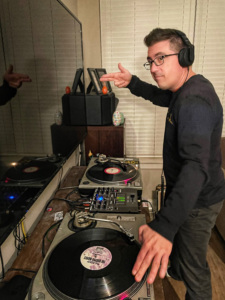 DJing is something that has been a really big part of my life from high school, through college, and beyond. I love the energy that dance music brings. I used to mix at clubs in Minneapolis, and I did a stint here in D.C. on 18th Street as well. I still have turntables in my basement, so I’ve done a couple shows for friends recently!
DJing is something that has been a really big part of my life from high school, through college, and beyond. I love the energy that dance music brings. I used to mix at clubs in Minneapolis, and I did a stint here in D.C. on 18th Street as well. I still have turntables in my basement, so I’ve done a couple shows for friends recently!
After I graduated from undergrad, I went to Los Angeles and worked at Virgin Records and then at Reprise Records, which is part of Warner Brothers. I loved being in LA and the perks of the job were pretty great. I went to free shows and got to meet musicians, but the job itself wasn’t very interesting, and I wanted to do something that made a more positive impact. So, I started thinking, “Well, government could be an option…” not really knowing what it meant at the time.
It actually goes back to the day my sister and I visited the American History Museum and saw an exhibit on the Manhattan Project. She saw I was interested and recommended I read The Making of the Atomic Bomb by Richard Rhodes—it became one of the most important books I’ve ever read. I remember finishing it and thinking, “If there’s anything I can do to stop a nuclear weapon from going off, I’m all in.” But I wasn’t quite sure what, exactly, I could do.
That all changed when I was in graduate school a few years later. I went to a career panel and heard about the DOE’s Nonproliferation Graduate Fellowship program and my mind was blown. It was exactly what I wanted to do! I finally had a pathway into the work Rhodes hooked me on. Like many others in the field, my commitment to preventing a nuclear weapon from ever going off again is deeply personal.
Sign up for our newsletter to get the latest on nuclear and biological threats.
For nuclear power to be a problem solver rather than a problem maker, the international community must push for a smart brand of nuclear power that prioritizes safety and security.
This week in Vienna, experts from the Nuclear Threat Initiative are joining government officials and experts from international organizations, non-governmental organizations, academia, and the nuclear industry for the first-ever review of the only legally binding treaty on nuclear security—the amended Convention on the Physical Protection of Nuclear Materials (A/CPPNM).
Nickolas Roth, senior director for NTI’s Nuclear Materials Security program, explains what happened at the Zaporizhzhia nuclear power plant that terrifying night, what could have happened, and what the long-term implications are for nuclear security and nonproliferation efforts around the world.
